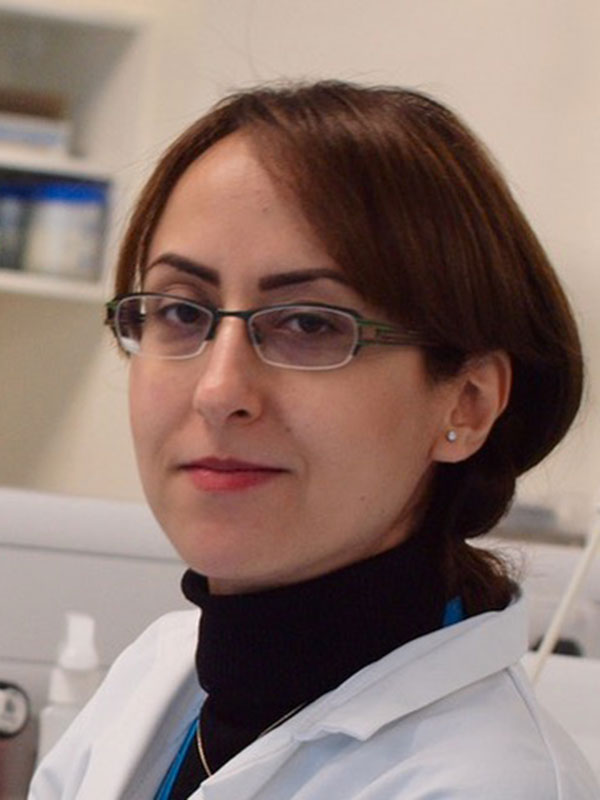Canada-Ireland collaboration provides a boost to bioprocess innovation
Disclaimer: The French version of this editorial has been auto-translated and has not been approved by the author.

Michael Butler
Professor and Principal Investigator
NIBRT
Distinguished Professor Emeritus
University of Manitoba
Adjunct Full Professor
University College Dublin

Elham Salimi
Assistant Professor
University of Manitoba
The spectacular economic growth of the biopharmaceutical market in the past two decades has resulted in a transformation of the ability to combat major human diseases and disorders that include viral epidemics, cancer, autoimmunity, arthritis, and osteoporosis. The products that now can be produced from large-scale bioprocesses involving mammalian cells are viral vaccines and recombinant proteins, with monoclonal antibodies forming a lion’s share of recent development.
A key to the success of these developments are the analytical tools that are now available to monitor and control the growth of the cells and allow an understanding of their metabolic state during production. The traditional method of measuring the growth of cells was by sampling the contents of a bioreactor, adding a dye (typically trypan blue) and counting a field of cells under microscope or through an automated cell counter. Cell viability is usually calculated by the proportion of cells that exclude the dye, those stained blue are determined as dead or non-viable. This method which was developed as early as 1917 relies on the ability of an intact cell membrane to exclude the large trypan blue dye. However, the problems with this method are that it requires manual sampling, and it assumes that all cells with an intact membrane are viable (which is not true).
In an on-going collaboration between the Electrical Engineering Department at the University of Manitoba and the Cell Technology Group at the National Institute for Bioprocessing Research and Training (NIBRT) in Ireland, novel methods are being developed that rely on the changing dielectric properties of cells during their growth profile in a bioprocess. The dielectric properties refer to the behaviour of cells in an electrical field. The advantages of such methods are that they do not rely on staining cells and can detect the subtle metabolic changes in a cell before the membrane becomes damaged, thus giving an early indication of the loss of cell viability.
One method that has been explored is the use of a biocapacitance probe which can be inserted into a bioreactor to measure the change in electrical capacitance within an electrical field generated by the probe. This type of probe (manufactured by Aber Instruments, Wales) produces a profile similar to that of the trypan blue method but enables continuous readouts from a bioprocess and enables a much earlier indication of the loss of cell viability than the more traditional labelling method. In another aspect of this work several versions of a Dielectrophoretic Cytometer have been built in Manitoba that can measure the dielectric properties of individual cells in a population as they pass through a microfluidic channel exposed to an electric field. The trajectories of the cells are detected and are indicative of their metabolic state.
The dielectric detection methods are dependent on the changing ionic content of the cell which during normal growth relies upon energy metabolism fueled by nutrients such as glucose and amino acids. If these nutrients become depleted, then the active transport mechanisms of cell are compromised giving rise to an imbalance of the intracellular ionic environment. Our research has shown the ability to measure cytoplasmic conductivity of cells during culture by the dielectric methods developed. As nutrients are depleted then the cytoplasmic conductivity gradually decreases. We have shown that there is a critical threshold of cytoplasmic conductivity above which cells can be restored to full viability if nutrient concentration levels are restored. However, once the cytoplasmic conductivity falls below the threshold cells are “absolutely dead”. Our contention is that this is a much better measure of “cell viability” than membrane damage that is measured by the older method. Furthermore, our dielectric methods lend themselves to automated bioprocessing with the requirement for minimal manual manipulation.
The nature of our collaboration is unique in that it is international and combines the expertise of cell biology at NIBRT with that of electrical engineering at Manitoba. The collaboration was started when Dr Michael Butler was a Professor in Microbiology at the University of Manitoba but later moved to Ireland to take up a research position at NIBRT. Dr Elham Salimi was a recipient of a James M. Flaherty Research Scholarship provided by the Ireland-Canada University Foundation and spent several months at NIBRT to develop this area research. Elham is now an Assistant Professor in Electrical Engineering at the University of Manitoba and leads a biosensors group. Many peer-reviewed research papers have been published over the last few years as a result of our collaboration, which speaks to the value of the multi-disciplinary and international approach to this type of research.

